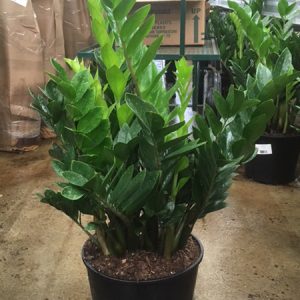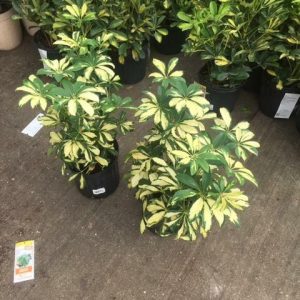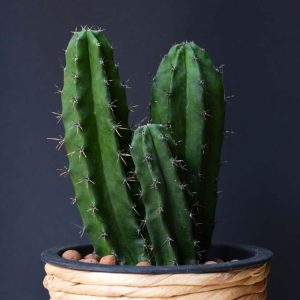Description
Persicaria – Aconogonon – Bistorta – Polygonum – Tovara – Fleeceflower – Knotweed –
There are 50-80 species of vigorous annuals, often rhizomatous or stoloniferous perennial, and rarely subshrubs in the Polygonaceae family in this genus. They may be evergreen, semi evergreen, or deciduous, some with attractive red and gold autumn color. They are found in a variety of habitats worldwide. Often spreading and sometimes invasive, they have usually fleshy stems and simple, smooth edged, veined leaves: basal leaves are long stalked, stem leaves are fewer, smaller, alternate, and stalkless that are rounded, lance, or heart shaped and 1 ½-10″ long, depending on the species. It bears spikes or panicles of small, usually long lasting, funnel, bell, or cup shaped, white, pink, or red flowers are followed by distinctive, usually brownish red, 3 angled or ovoid fruits. Some of the larger perennials are undemanding plants for a border, or as a groundcover, and are suitable for naturalizing in a meadow or woodland garden. Grow smaller species in a large rock garden. Grow smaller species in a large rock garden, or at the front of a border. Contact with all parts may irritate skin, the sap may cause mild stomach upset if ingested.
Grow these easily cultivated plants in any moist soil in full sun or partial shade. Divide in spring or fall.
Prone to aphids, slugs and snails.
P. bistorta Superba – Polygonum bistorta – Bistort – Snakeweed – This vigorous, clump forming, leafy, hairless, semi evergreen perennial grows 36″ tall. It produces oblong, pointed, boldly veined, mid green, wavy edged leaves, 4-12″ long. From late spring into mid summer it bears narrowly bell shaped, soft pink flowers, 1/4″ long, held in short, dense spherical spikes, 2-3″ long.
Zones 4-8





